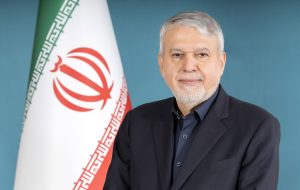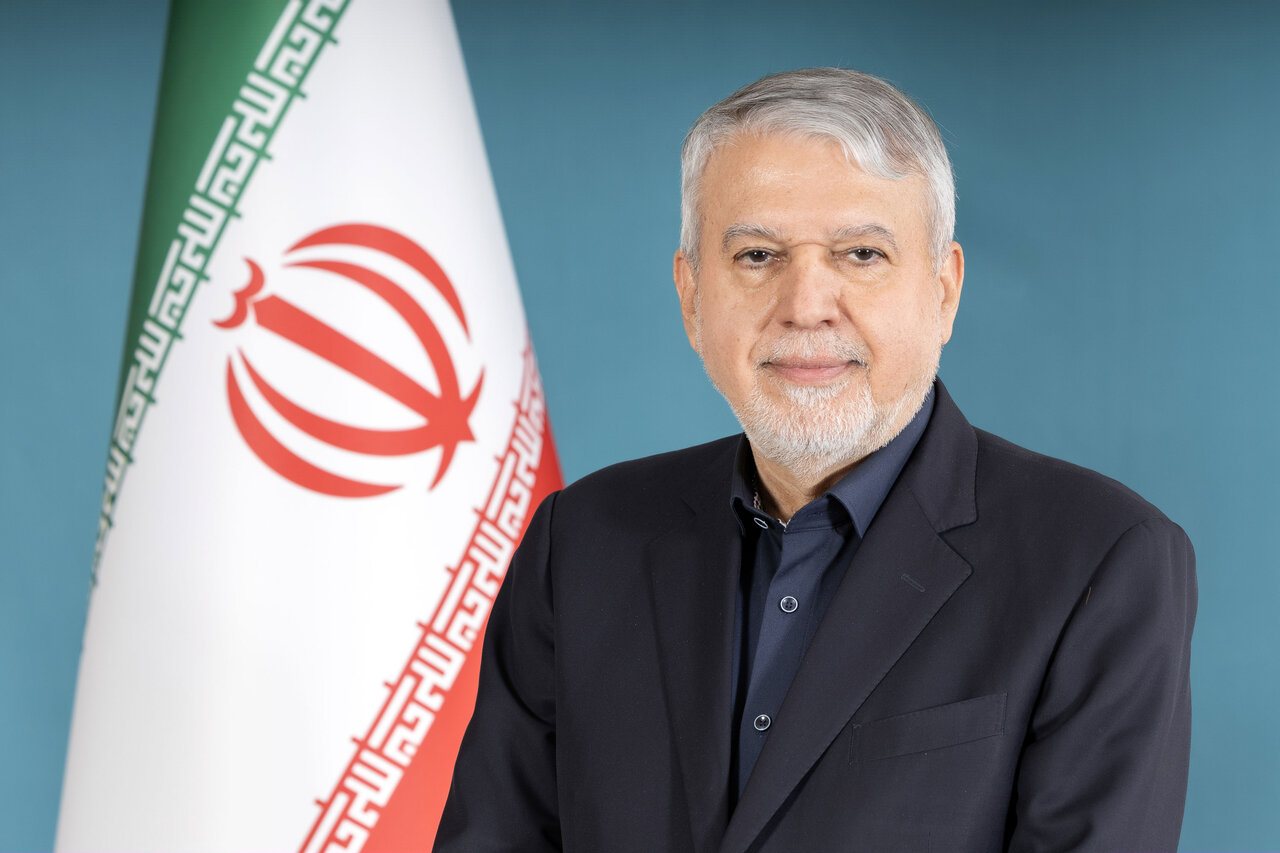Minister hails Tajikistan’s enduring love for Iran and Persian Language
TEHRAN – The Iranian tourism minister Seyyed Reza Salehi-Amiri has said he feels proud of the Tajik people’s unwavering love for Iran and the Persian language. “Over the years of my service in the government, I have traveled to many countries. However, my trip to Tajikistan was different and exceptionally sweet for many reasons.” In


TEHRAN – The Iranian tourism minister Seyyed Reza Salehi-Amiri has said he feels proud of the Tajik people’s unwavering love for Iran and the Persian language.
“Over the years of my service in the government, I have traveled to many countries. However, my trip to Tajikistan was different and exceptionally sweet for many reasons.”
In a recent note published in Persian on Sunday, the minister also wrote about initiatives taken to boost tourism and cultural ties between the two nations.
Salehi Amiri’s note refers to his recent visit to Tajikistan, which hosted cultural and economic delegations headed by the Iranian President Masoud Pezeshkian as well.
An English translation of the minister’s note is given below:
From the moment I arrived in Tajikistan, both I and my fellow travelers felt a deep sense of pride due to the Tajik people’s unwavering love for Iran and the Persian language. From their beautiful Persian dialect to the streets’ names and statues of great figures of Iran’s rich cultural heritage that adorn every corner, everything moved anyone who holds Iranian culture and civilization dear.
During this trip, I realized that it’s no coincidence that we call the borders of a land “Qalamru” (domain) in Persian. Indeed, unlike other countries and civilizations, we Persian speakers consider the borders of our civilization not by the extent of our rule, but by where our language is heard and where it flows through the daily lives of its people.
If we understand this, we will understand why, amidst the tragic news of wars and conflicts around the world, the poetry reading event between the Presidents of Iran and Tajikistan during this very trip suddenly captured the attention of millions of Persian speakers with diverse political and ideological inclinations on social media.
Therefore, I believe that despite the challenges of the past few years, this shared history and identity have kept the Persian-speaking countries together. This rich cultural and historical asset presents an unparalleled opportunity for us, the officials, to expand relations between the two nations and make the best use of our capacities to strengthen one another and promote enduring economic cooperation. On the other hand, neglecting this shared history and identity will lead to the estrangement of our two nations, resulting not only in cultural losses but also in depriving our people of abundant economic opportunities.
In line with this strategy, the President of Iran and the government decided before this trip to lift the visa requirements for all Tajik citizens to facilitate the expansion of bilateral relations. This constructive measure was highly appreciated by the Tajik government, and President [Emomali] Rahmon of Tajikistan, in the presence of Dr. Pezeshkian, announced the decision of his government to waive visas for Iranians and invited all Iranian people to visit Tajikistan.
With this important achievement in mind, my colleagues and I at the Ministry of Cultural Heritage, Tourism, and Handicrafts set objectives for this trip. Based on this, during meetings with the Culture Minister of Tajikistan, we signed memoranda of understanding aimed at increasing the number of tourists between our two countries from 8,000 to 100,000.
In addition, in two meetings with the Tajik Minister of Culture, we reached an agreement to hold joint festivals based on our shared historical rituals, such as Nowruz, and we decided to cooperate in the restoration and preservation of Tajikistan’s historical and archaeological sites.
Another positive outcome of this trip was the reopening of the Persian Language Research Institute in Tajikistan, which had been closed for seven years due to political reasons. Many prominent scholars from both countries had deeply regretted the closure of this institute.
To conclude, the sweet experiences of this memorable trip are so numerous that, as the beloved Hafez said, “It is impossible to recount them in one letter.” However, I ask you, dear readers of this note, to view this account with a cultural perspective, rather than the usual administrative reports. As I mentioned at the beginning of this note, I see the outcomes of this trip in a very different light, and I am certain that if we pursue the signed agreements, a new horizon will open for both the Iranian and Tajik peoples. Once again, as inhabitants of the Persian language domain, we can celebrate the expansion of our shared cultural history together.
AM
